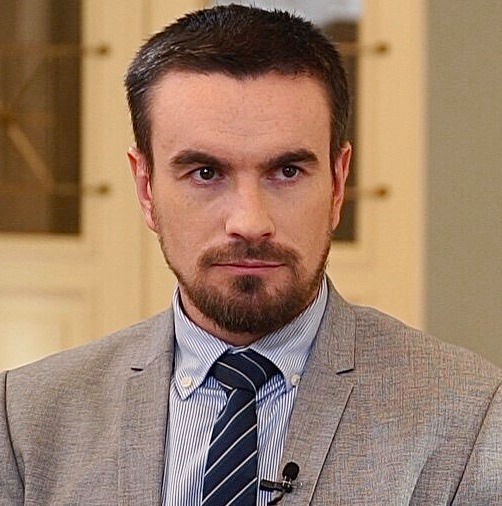We are happy to present the thirty-third issue of Belarus Foreign Policy Index, which explores Belarus’s foreign policy in the five key dimensions in the months of July–August 2016.
The relationship between Belarus and Russia evolved in a tight framework. The tone for bilateral contacts was set by the emergency at the construction site of the nuclear power plant in Astraviec, as well as arduous oil and gas negotiations. These circumstances stand behind the drop in the index (from 21 to 6 points). This notwithstanding, Belarus appears to have been making progress in its endeavor to restore the volume of its export to Russia and is actively engaged in rulemaking processes within the framework of the EEU.
The Belarusian parliamentary election campaign temporarily became the main driver for the relations with the European Union. Minsk has been increasingly active in promoting the idea of the need for commencing negotiations of a new framework agreement with the European Union.
Preparations of Aliaksandr Lukashenka’s visit to China dominated the agenda for the Belarus–China relationship. The visit is expected to build on the meeting between the Belarusian leader and President of China Xi Jinping, which took place in June as part of the SCO Summit. Belarus is still interested in taking Chinese loans, giving a boost to the China–Belarus Industrial Park (CBIP), and promoting military and technical cooperation.
A substantial noticeable slump was observed in Belarus’s contacts with developing countries. It should be attributed to the fact that during that period, Belarusian diplomacy emphasized efforts to improve the country’s relations with the EU, U.S., and Belarus’s neighbors. During the two months under analysis, Belarus’s foreign policy in the “developing world” dimension was focused on the Middle East and South Asia. The Belarusian government made certain progress in increasing export supplies to developing countries, specifically in promoting its mechanical engineering products.
Ukraine was only mentioned by the Belarusian administration sporadically, albeit two-way trade relations continued developing at a rapid pace. Ukrainian, Belarusian, and Russian media were publishing increasing numbers of reports regarding the military cooperation between Ukraine and Belarus.
Read the full text of the thirty-third issue of Belarus’ Foreign Policy Index in PDF





